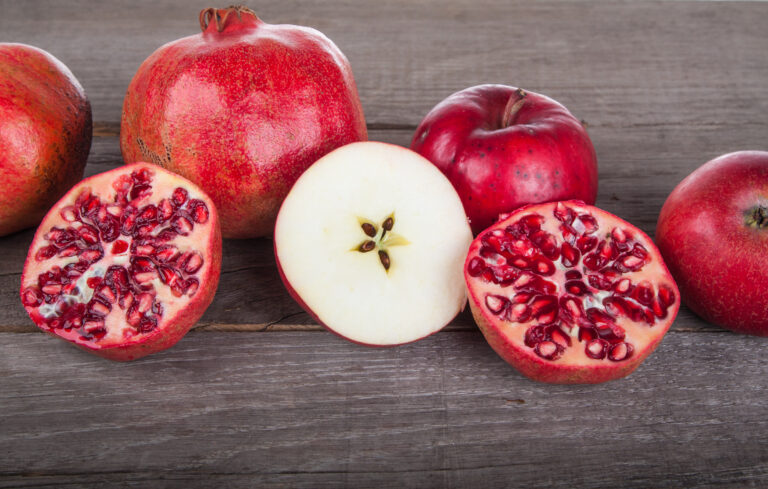Dear Farsi Translators and Colleagues:
Respectfully, the translation of Farsi to and from English in the United-States has become questionable. Due to a lack of employment, many young individuals who are familiar with the language but do not possess adequate knowledge and skills to translate, have entered the profession. As you know, the quality of the translations and interpretations produced by these non-qualified translators would disdain one of the most important canons of the ATA Code of Ethics, that is “to convey meaning between people and cultures faithfully, accurately, and impartially”.
I suggest that, if you are seriously considering working as a translator or interpreter of Farsi, please cooperate with the Farsi Translation Center’s workgroup to establish a language pair at the American Translators Association (ATA). This will allow us to advocate for high quality Farsi translations and interpretations, to safeguard the Persian language, and to join the rest of the world who have already established and made their languages known by the ATA. Better yet, as ATA certification is the only widely recognized measure of competence in translation in the United-States, being certified can open doors to new business and higher compensations for us, Farsi translators and interpreters.
If you have any suggestions or comments please contact me using the following email address:
info@farsitranslationcenter.com
Invitation to Cooperate With the American Translators Association (ATA) to Formally Establish a Language Combination In Farsi To And From English
Invitation to Cooperate With the American Translators Association (ATA) to Formally Establish a Language Combination In Farsi To And From English

- Tell us about your project:
Related Articles
The Night Of Yaldā
Yaldā Night – A Timeless Tradition of Warmth and Light Derived from the Syrianic word for “birth,” Yaldā (یلدا) is a celebration of renewal and…
The Persian New Year
Norouz is one of the ancient and national celebrations of Persia that was initiated during the period of Jamishid Shah. The Iranian new year starts on the first day of spring. The tradition of this celebration is only for the enjoyment and originality including Chahar Shanbe Souri that occurs at the dusk of the last Tuesday of the old year. It is celebrated by making bonfires and jumping over the fire while chanting. This is mainly originated because of the importance of fire in the Zoroastrian religion, which is the first religion Iranians adopted. Spring cleaning is also important since everything needs to be cleaned in the house and if there are old and non-functional appliances they should be replaced with newer ones. The Haft Seen table consists of 7 items that are plants or products of plants and all start with an S in the Persian language such as grown wheat or grown lentil, apples, Senjed fruit, Hyacinth, Samanou (a sweet pudding made of germinated wheat), Sumac and garlic. In this day, which is the first day of the solar year everyone wears new clothing and the elders give gifts to children. In get togethers, fruits, pastries and tea are served. On the thirteenth day of “Farvardin”, the first month of the year, families spend the day outdoors and play games, sing and dance. This day coincides with April 1st and ironically Iranians, too, play practical jokes on each other on that day.
Parvin E'tesami
April 4 was the Remembrance Day of Parvin E’tesami. Parvin is known as “The most famous” 20th Century Iranian female poet (1907–1941). She grew up…
Languages Are Fluid
Did you know that: In France ‘entrée’ stands for ‘hors d’oeuvre’ or ‘appetizer’ and not the main course? And so the ‘manicure’ comes from the…
Mehregan (مهرگان), The Celebration of Autumn
Mehregan is a Zoroastrian and Persian festival celebrated to honor the yazata Mithra (Persian: Mehr). Mehr is responsible for friendship, affection and love. It is also widely referred to as the Persian Festival of Autumn. In Persian calendar, Mehr is the first month of Autumn. This month starts from September 21st through October 21st.
Some scholars believe that the month of Mehr was the beginning month of the calendar year during the Achaemenian era. The Mehregan feast celebrated the beginning of a new year. Later, Mehregan was especially important for the people of southern Iran who considered it still to be their Norouz.
Mehr was also considered as a symbol of the sun. There again, Mehr was considered to be a God of heroism and warfare. With expansion of Achaemenian Empire, the worship of Mehr was taken to other countries. The feast day of Mehregan has always been honored for many hundreds of years in Iran. Mehr is also the time of harvest.
For this celebration, the participants wear new clothes and set a decorative, colorful table. The sides of the tablecloth are decorated with dry wild marjoram. The holy book Avesta, a mirror and Sormeh Dan (antimony cellar) are placed on the table together with rose water, sweets, flowers, vegetables and fruits, especially pomegranates and apples. A few silver coins and senjed seeds (fruit of the lotus tree) are placed in a dish of pleasant smelling wild marjoram water. Almonds and pistachio are also used.
A burner is also part of the table setting for kondor (frankincense) and espand (rue seeds) to be thrown on the flames.
At lunch time when the ceremony begins, everyone in the family stands in front of the mirror to pray. Sherbet is drunk and then as a good omen, antimony is rubbed around their eyes. Handfuls of wild marjoram, senjed seeds and noghl (sugar plum) are thrown over each others heads while they embrace one another.
The following is a snippet of a poem by Rudaki, the famous Persian poet of the 10th century:
ملكا جشن مهرگان آمد / جشن شاهان و خسروان آمد
Mehregan celebration is upon us, My LORD / A celebration of Emperors and Monarchs
Contact us for all your Farsi translation needs





